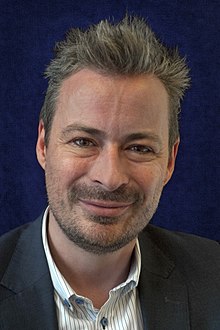Animism is the belief that objects, places, and creatures all possess a distinct spiritual essence. Potentially, animism perceives all things—animals, plants, rocks, rivers, weather systems, human handiwork, and perhaps even words—as animated and alive. Animism is used in anthropology of religion as a term for the belief system of many Indigenous peoples, especially in contrast to the relatively more recent development of organized religions. Animism focuses on the metaphysical universe, with a specific focus on the concept of the immaterial soul.

Sakha, officially the Republic of Sakha (Yakutia), is the largest republic of Russia, located in the Russian Far East, along the Arctic Ocean, with a population of roughly 1 million. Sakha comprises half of the area of its governing Far Eastern Federal District, and is the world's largest country subdivision, covering over 3,083,523 square kilometers. Yakutsk, which is the world's coldest major city, is its capital and largest city. The republic has a reputation for an extreme and severe climate, with the lowest temperatures in the Northern Hemisphere being recorded in Verkhoyansk and Oymyakon, and regular winter averages commonly dipping below −35 °C (−31 °F) in Yakutsk. The hypercontinental tendencies also result in warm summers for much of the republic.

The Yukaghir languages are a small family of two closely related languages—Tundra and Kolyma Yukaghir—spoken by the Yukaghir in the Russian Far East living in the basin of the Kolyma River. At the 2002 Russian census, both Yukaghir languages taken together had 604 speakers. More recent reports from the field reveal that this number is far too high: Southern Yukaghir had maximum 60 fluent speakers in 2009, while the Tundra Yukaghir language had around 60–70. The entire family is thus to be regarded as moribund. The Yukaghir have experienced a politically imposed language shift in recent times, and a majority also speak Russian and Yakut.

The Nganasans are a Uralic people of the Samoyedic branch native to the Taymyr Peninsula in north Siberia. In the Russian Federation, they are recognized as one of the indigenous peoples of the Russian North. They reside primarily in the settlements of Ust-Avam, Volochanka, and Novaya in the Taymyrsky Dolgano-Nenetsky District of Krasnoyarsk Krai, with smaller populations residing in the towns of Dudinka and Norilsk as well.

Maria Antonina Czaplicka, also referred to as Marya Antonina Czaplicka and Marie Antoinette Czaplicka, was a Polish cultural anthropologist who is best known for her ethnography of Siberian shamanism. Czaplicka's research survives in three major works: her studies in Aboriginal Siberia (1914); a travelogue published as My Siberian Year (1916); and a set of lectures published as The Turks of Central Asia (1918). Curzon Press republished all three volumes, plus a fourth volume of articles and letters, in 1999.

Uralo-Siberian is a hypothetical language family consisting of Uralic, Yukaghir, and Eskaleut. It was proposed in 1998 by Michael Fortescue, an expert in Eskaleut and Chukotko-Kamchatkan, in his book Language Relations across Bering Strait. In 2011, Fortescue removed Chukotko-Kamchatkan from the proposal.

Uralic–Yukaghir, also known as Uralo-Yukaghir, is a proposed language family composed of Uralic and Yukaghir.
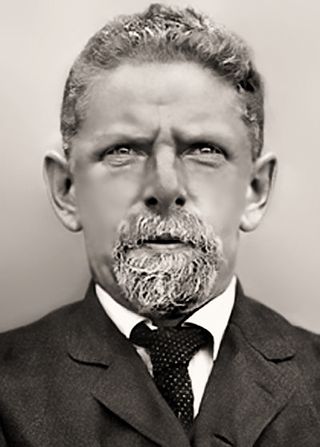
Vladimir Ilyich Jochelson was a Russian ethnographer and researcher of the indigenous peoples of the Russian North.
Piers Vitebsky is an anthropologist and is the Head of Social Science at the Scott Polar Research Institute, University of Cambridge, England.

Siberia, including the Russian Far East, is a vast region spanning the northern part of the Asian continent, and forming the Asiatic portion of Russia. As a result of the Russian conquest of Siberia and of the subsequent population movements during the Soviet era (1917-1991), the modern-day demographics of Siberia is dominated by ethnic Russians (Siberiaks) and other Slavs. However, there remains a slowly increasing number of indigenous groups, between them, accounting for about 10% of the total Siberian population, some of which are closely genetically related to indigenous peoples of the Americas.
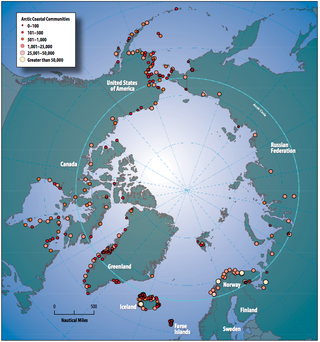
Circumpolar peoples and Arctic peoples are umbrella terms for the various indigenous peoples of the Arctic.

Eske Willerslev is a Danish evolutionary geneticist notable for his pioneering work in molecular anthropology, palaeontology, and ecology. He currently holds the Prince Philip Professorship in Ecology and Evolution at University of Cambridge, UK and the Lundbeck Foundation Professorship in Evolution at Copenhagen University, Denmark. He is director of the Centre of Excellence in GeoGenetics, a research associate at the Wellcome Trust Sanger Institute, and a professorial fellow at St John's College, Cambridge. Willerslev is a foreign associate of the National Academy of Sciences (US) and holds the Order of the Dannebrog issued by her Majesty Queen Margrethe II of Denmark in 2017.
The spirit spouse is a widespread element of shamanism, distributed through all continents and at all cultural levels. Often, these spirit husbands/wives are seen as the primary helping spirits of the shaman, who assist them in their work, and help them gain power in the world of spirit. The relationships shamans have with their spirit spouses may be expressed in romantic, sexual, or purely symbolic ways, and may include gender transformation as a part of correctly pairing with their "spouse". Shamans report engaging with their spirit spouses through dreams, trance, and other ritual elements. In some cultures, gaining a spirit spouse is a necessary and expected part of initiation into becoming a shaman. Examples of spirit spouses may be seen in non-shamanic cultures as well, including dreams about Jesus Christ by nuns, who are considered to be "brides of Christ".
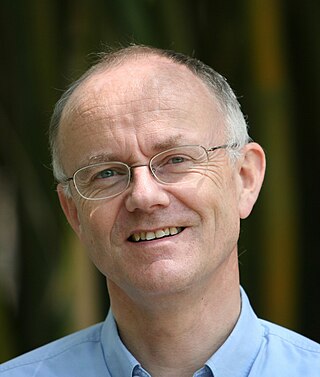
Lars Kolind is a Danish businessman. Kolind holds an M.Sc. in Mathematics from Aarhus University from 1972 and a B.Comm. from the Copenhagen Business School from 1977. He is adjunct professor of leadership and strategy at Aarhus University Business School since 2000. He serves as Detao Master of Leadership and Strategy since 2012.
The Siberian fur trade is an exchange concerned with the gathering, buying and selling of valuable animal furs that originate from Siberia. The Siberian fur trade expanded from localized trade, and Siberian fur is now traded around the world. The Siberian fur trade had a significant impact on the development of Siberia through exploration and colonization. The fur trade also precipitated a decline in the number of fur-bearing animals and resulted in Siberia being conquered by Russia.

Reindeer in Siberian shamanism reflect the cultural, as well as the economic, relationship between the native peoples of Siberia, a region of Northern Asia, and the reindeer that live there. It involves the nomadic reindeer herders, those that hunt wild reindeer and those who maintain domesticated ones. Their religious beliefs reflect the spiritual philosophy of shamanism, and their traditions often involve reindeer in several steps of the process of practicing their religion.

Various Proto-Uralic homeland hypotheses on the origin of the Uralic languages and the location and period in which the Proto-Uralic language was spoken, have been advocated over the years.

Else Roesdahl is a Danish archaeologist, historian and educator. She has mediated the history of the Vikings for most of her life, including coordination of notable exhibitions on the Viking Age and authoring several books on the subject. Roesdahl's books have been translated into several languages.
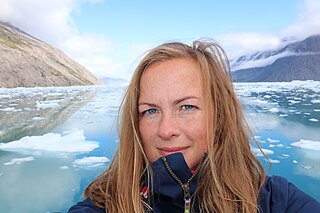
Jeanette Varberg is a Danish archaeologist, writer and curator who discovered that glass beads found in Denmark had originated in Egypt and Mesopotamia. She published Fortidens Slagmarker - krig og konflikt fra stenalder til vikingetid, which won DR's Rosenkjæer Prize in 2014 and the Blixen Prize in 2015. Since February 2017, she has been a curator at the National Museum of Denmark.
Nurit Bird-David is a professor of cultural anthropology at the University of Haifa, Israel. She is best known for her study of the Nayaka hunter-gatherers in South India, upon which she based much of her writings on animism, relational epistemology, and indigenous small-scale communities, and which later inspired additional fieldwork and insights on home-making in contemporary industrial societies, and the theoretical concept of scale in anthropology and other social sciences.
